Mitchell Lake Audubon Center
Highlights:
-Fantastic birding year-round
-Good for shorebirds
-One of the most productive non-coastal hotspots in Texas

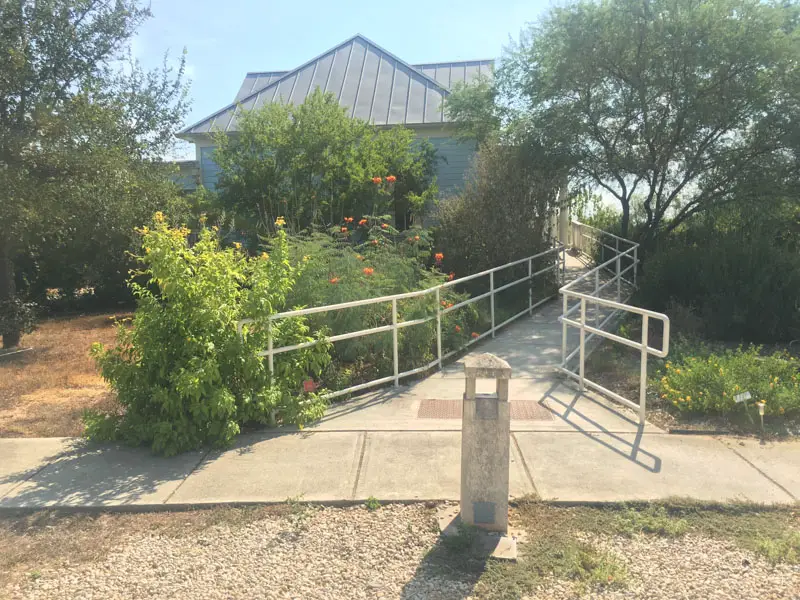
Entrance to Visitor Center
The Location
Mitchell Lake is a must visit for any birder living in or visiting the San Antonio area. The water basins and lake shallows provide some of the best shore birding in this area of the state, and attract hundreds (maybe thousands) of ducks, grebes, and coots in the winter.
Due to its geographic location, Mitchell Lake stands at a crossroads where a birder can see eastern migrants, western migrants, and south Texas species all in one place.
It’s possible to bird this location without getting out of your car, but you’ll certainly see more wildlife if you spend some time walking as well.
The visitor center is an old restored house from the early nineteen hundreds. Bird feeders just outside the front doors are kept full, while the large walk-through garden immediately behind the building is always noisy with the morning songs of Long-billed Thrashers and White-eyed Vireos.

In between the visitor center and the lake are several ponds
that attract birds both to the water and to the vegetation that surrounds them.
Sometimes these ponds are so active with birds it’ll take you over an hour just
to make it to the lake.
Birding Recommendations
Be sure to stop at the visitor center to pay the $5 entrance fee. The front desk attendant will give you a free property map with the trails and ponds on it.
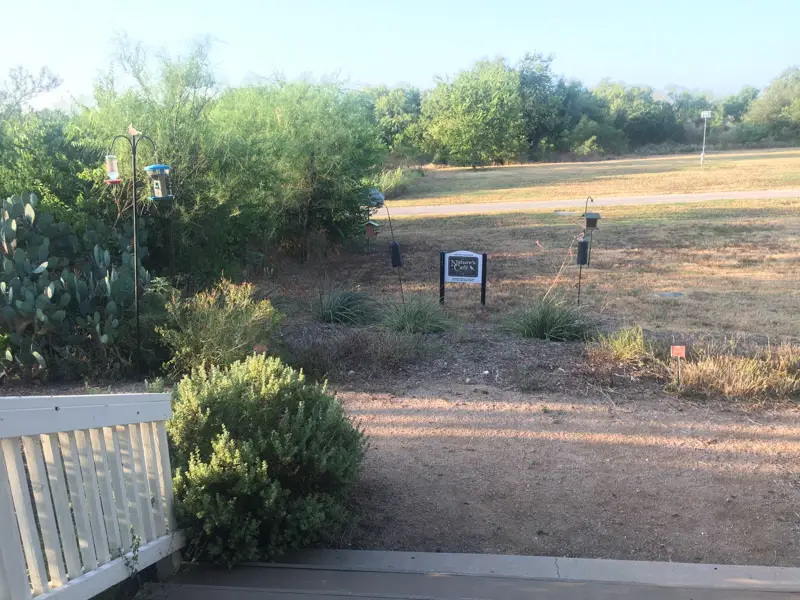
Birding right around the visitor center can be excellent. Between the feeders out front, the shrubby vegetation surrounding the parking lot, and the large walk-through garden out back, the visitor center will easily keep you entertained for half an hour or more. Long-billed Thrashers especially seem to like the parking lot and garden.

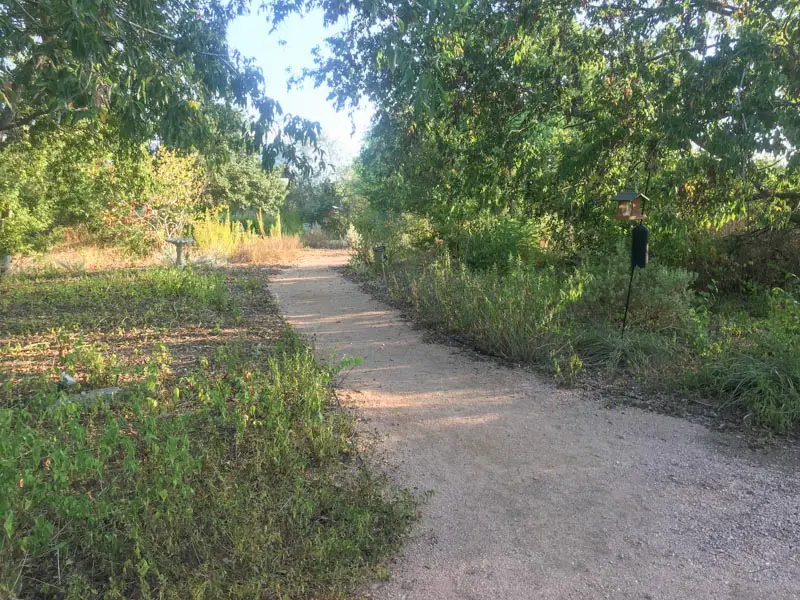
It’s possible to get 20+ species at the visitor center before even seeing any other area of the property.

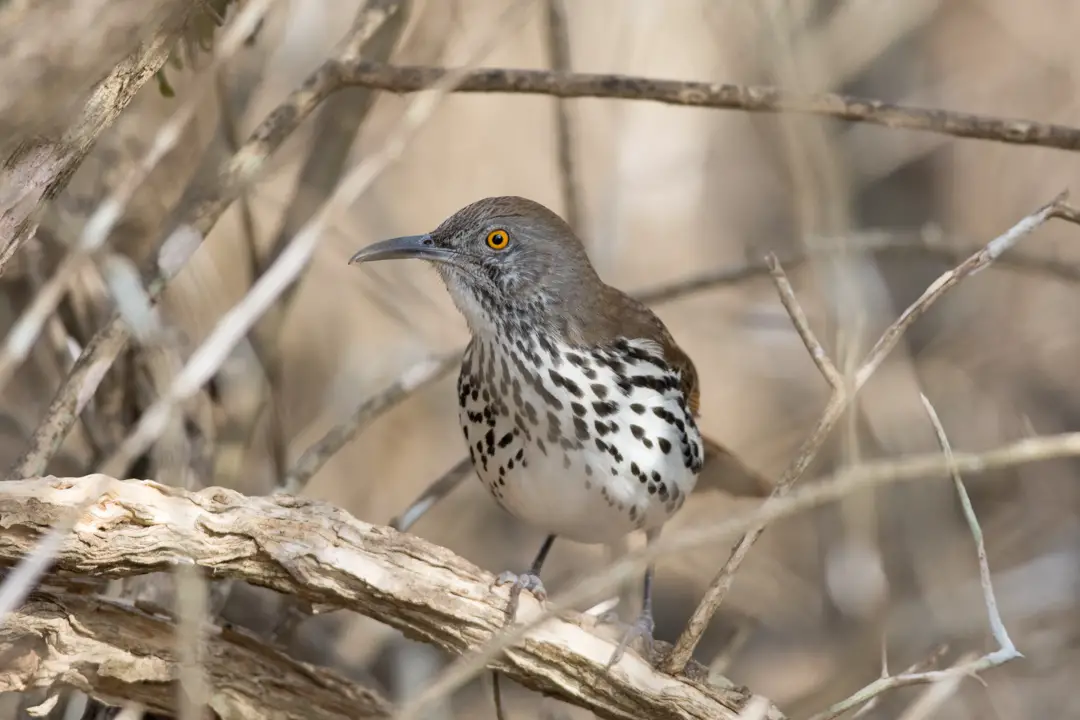
Once you’ve had your fill at the visitor center, begin driving into the interior of the property. If you go slow with your windows down you may pick up additional birds moving and singing in the vegetation along the roadside.

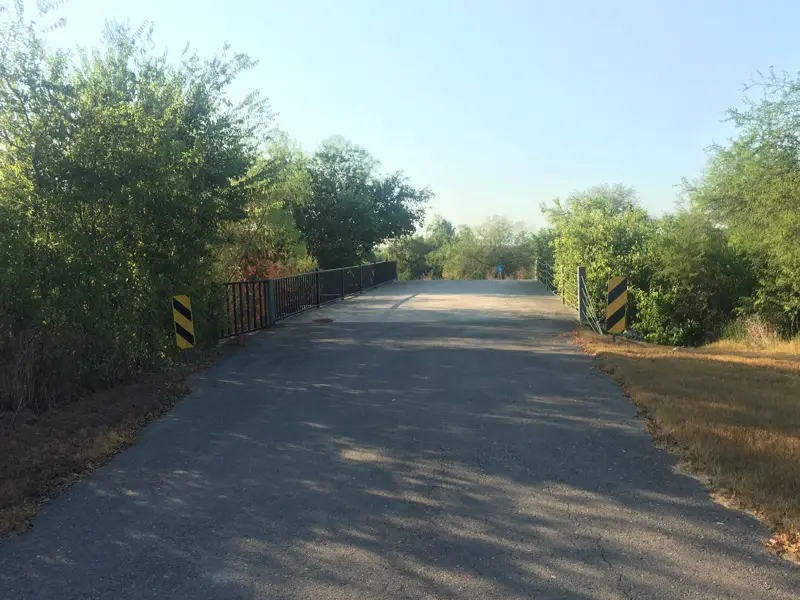
After you cross a small bridge with a pond to the left, pull over and park in the grass. This is Bird Pond, and always has something to look at. Least Grebe is common here in low numbers, plus Pied-billed Grebe, and Eared Grebe in the winter. Ducks are always present, especially in the cooler months. Scan the water and try to pick out a Cinnamon Teal.
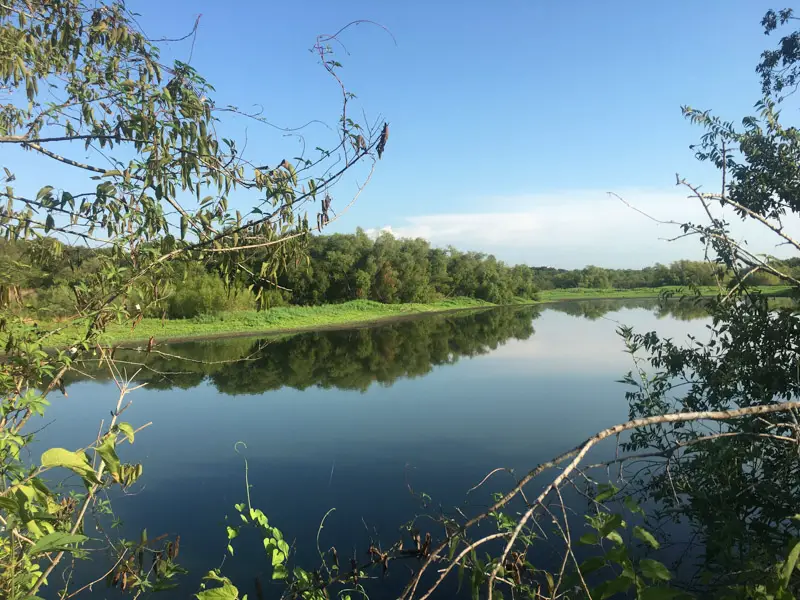
Walk the shaded road that runs along Bird Pond. Birds will also be present in the trees along the road opposite the pond. This is a good spot to try for Audubon’s Oriole, a popular target bird at Mitchell Lake. Listen for its slow, melodic, melancholy song.

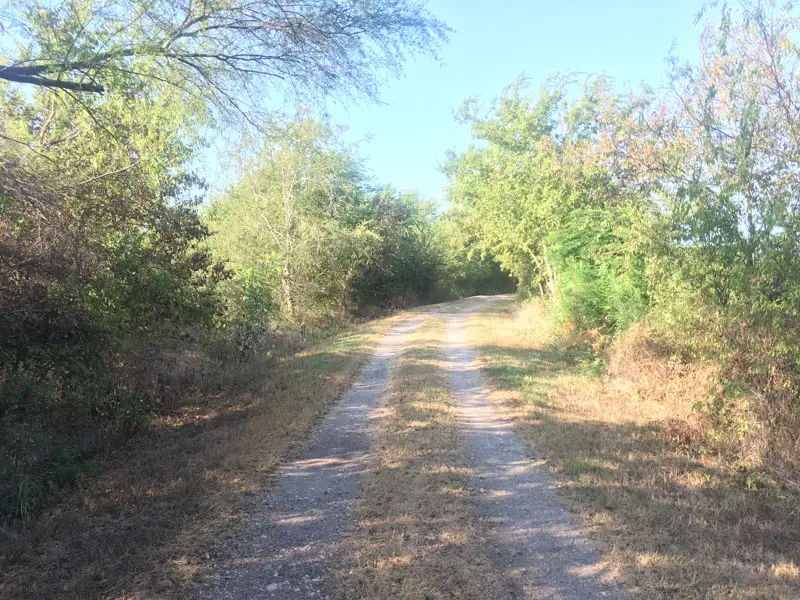
In addition to the visitor center garden, walking this road
along Bird Pond can be some of the best birding by foot this property has to
offer. Go slow and enjoy it, and bring a scope along if you have one.
Next up are the settling basins. Continue driving down the main road, and after crossing an even shorter bridge than the last one, you’ll be at the northern tip of West Polder. For this guide, I’ll recommend you turn right and drive around the basins counter-clockwise.

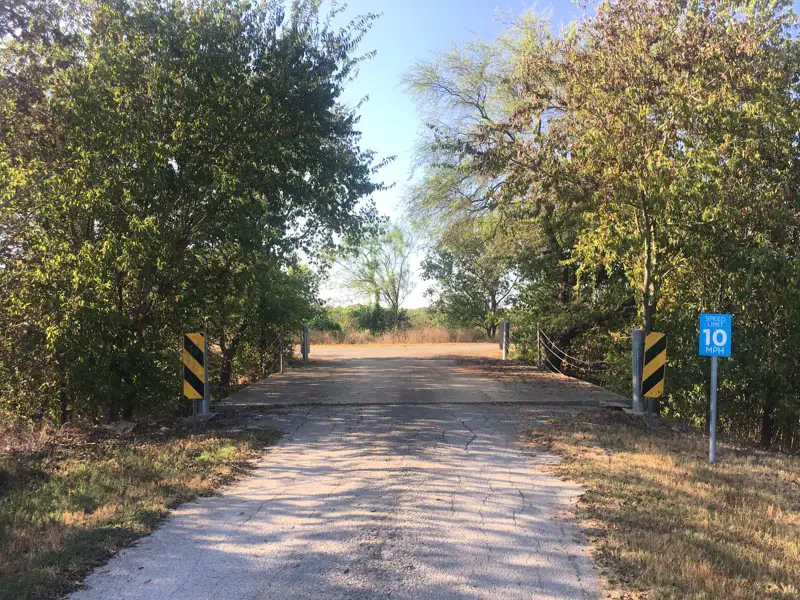
There’s plenty of breaks in the trees to view birds along the water as you drive. Winter months will have ducks and possibly gulls here. Warmer months will have plenty of herons and egrets, plus Black-necked Stilts and probably sandpipers during spring and fall migration.

The narrow, heavily vegetated drainage along the road opposite West Polder often has birds too. Common Yellowthroat is common in the cooler months.


When you come to a fork in your path, stay right. The basins
can feel like a maze for first time visitors, so it’s easiest to stay to the
outer perimeter. You won’t miss out on anything by taking this path.
Eventually you’ll see water both to the right and left of the road. This is how you know you’ve made it to the lake, which is on your right. This back arm of the lake is a highlight of the property, and birders should always stop here and walk around. Be sure to pull your vehicle over all the way and not block the drive path.

This back arm changes from year to year, but is almost always productive. Some years will show more open mud flats, other will have more vegetation in the water. Expect herons, egrets, gulls and terns, ducks, and shorebirds. During spring and fall, if mudflats are exposed here then expect the shore birding to be excellent. A scope will be needed to ID most of them. Roseate Spoonbills are also common seasonal visitors.
If you scan the far shore and up in the trees along it, you may see some of the Black-crowned Night Heron colony that roosts here in
healthy numbers.
Once you continue driving you’ll soon come to a hard left turn next to a water pump station. This is also a good spot to park, get out, and scan the water. American White Pelicans and cormorants are almost always visible from this point. During the winter this is a good place to scan for uncommon and rare birds like Horned Grebe, Common Loon, Common Goldeneye, and Common/Red-breasted Merganser.

Make you way around the remainder to the perimeter, constantly scanning the basins to your left. The birds are never spread evenly, so some of these basins may be virtually empty. Eventually you’ll arrive back at the small bridge at the main road, which is your exit.
Taking this route at a leisurely pace will likely take 2.5 – 3 hours.
Be sure to arrive when the gates open to take advantage of
the high bird activity early on. Your birding experience will be vastly more
enjoyable compared to a late morning or afternoon arrival.
Cost & Hours
$5 per adult
$3 per under age 16
Closed on federal holidays.
Winter Hours:
Monday: Closed
Tuesday – Sunday: 8am to 4pm
Fall & Spring Hours
Tuesday – Sunday: 7am to 3pm
Summer Hours:
June 1 – August 31
Monday: Closed
Tuesday – Thursday: 7am to Noon
Friday – Sunday: 7am to 2pm
